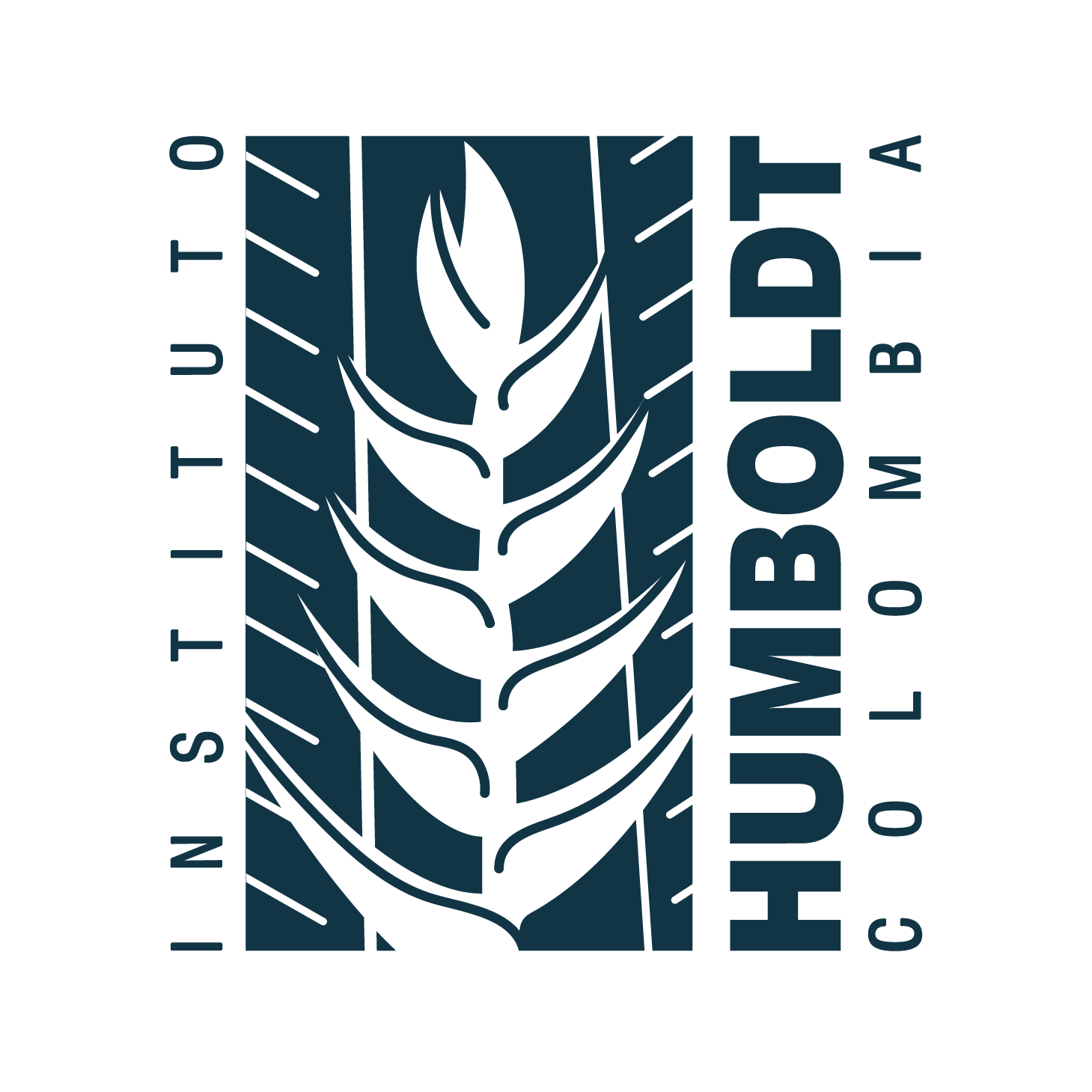Publicación: Tooting the Latin American horn: advances in the scholarship of ecoacoustics and soundscape ecology is occurring with vigor
| dc.creator | Pijanowski, Bryan C. | |
| dc.creator | Rodríguez-Buriticá, Susana | |
| dc.creator | Ulloa, Juan | |
| dc.date | 2021-01-01 | |
| dc.date.accessioned | 2024-05-27T17:12:39Z | |
| dc.date.available | 2024-05-27T17:12:39Z | |
| dc.description | Soundscape ecology (Pijanowski et al., 2011a,b; Pijanowski & Farina, 2011), ecoacoustics (Sueur & Farina, 2015) and bioacoustics (Laiolo, 2010; Aide et al., 2013) | en-US |
| dc.description | Soundscape ecology (Pijanowski et al., 2011a,b; Pijanowski & Farina, 2011), ecoacoustics (Sueur & Farina, 2015) and bioacoustics (Laiolo, 2010; Aide et al., 2013) have witnessed an explosion of work over the last decade due to the advances in passive acoustic recorders, new conceptual frameworks that integrate the study of sound into environmental change research, abilities to store and analyze massive data, and the growing need to understand how the rapid declines in species richness and abundances can be addressed with intervention policies at the landscape level. Also of note are the tremendous contributions to these acoustic-based fields of research that are occurring from all across the global academy, with advances being made by researchers working in just about every continent and country. The contributions from Latin America are impressive and play an important and unique role in our understanding of how a variety of sound sources – from biological organisms (i.e., the biophonies), to the geophysical world (i.e., geophonies) and those from humans (i.e., anthrophonies or technophonies) – are used to assess how important Latin American ecosystems are being altered. The purpose of this paper is to provide a summary of the multi-faceted work being conducted in Latin America as represented in the exceptional papers of this special issue on ecoacoustics and soundscape ecology, placing these in the context of the growing scholarship in these acoustics-based areas of study. | es-ES |
| dc.format | text/html | |
| dc.format | application/pdf | |
| dc.format | text/xml | |
| dc.identifier | https://revistas.humboldt.org.co/index.php/biota/article/view/923 | |
| dc.identifier.uri | https://hdl.handle.net/20.500.11761/36867 | |
| dc.language | eng | |
| dc.publisher | Instituto de Investigación de Recursos Biológicos Alexander Von Humboldt | es-ES |
| dc.relation | https://revistas.humboldt.org.co/index.php/biota/article/view/923/967 | |
| dc.relation | https://revistas.humboldt.org.co/index.php/biota/article/view/923/968 | |
| dc.relation | https://revistas.humboldt.org.co/index.php/biota/article/view/923/984 | |
| dc.rights | Derechos de autor 2020 Instituto de Investigación de Recursos Biológicos Alexander Von Humboldt | es-ES |
| dc.rights | http://creativecommons.org/licenses/by-nc-nd/4.0 | es-ES |
| dc.source | Biota Colombiana; Vol. 22 No. 1 (2021): Paisaje sonoro neotropical; 2-6 | en-US |
| dc.source | Biota Colombiana; Vol. 22 Núm. 1 (2021): Paisaje sonoro neotropical; 2-6 | es-ES |
| dc.source | 2539-200X | |
| dc.source | 0124-5376 | |
| dc.subject | Soundscape ecology | en-US |
| dc.subject | bioacoustics | en-US |
| dc.subject | ecoacoustics | en-US |
| dc.subject | conservation biology | en-US |
| dc.subject | animal communication | en-US |
| dc.title | Tooting the Latin American horn: advances in the scholarship of ecoacoustics and soundscape ecology is occurring with vigor | en-US |
| dc.title | Tooting the Latin American horn: advances in the scholarship of ecoacoustics and soundscape ecology is occurring with vigor | es-ES |
| dc.type | info:eu-repo/semantics/article | |
| dc.type | info:eu-repo/semantics/publishedVersion | |
| dspace.entity.type | Publication |

